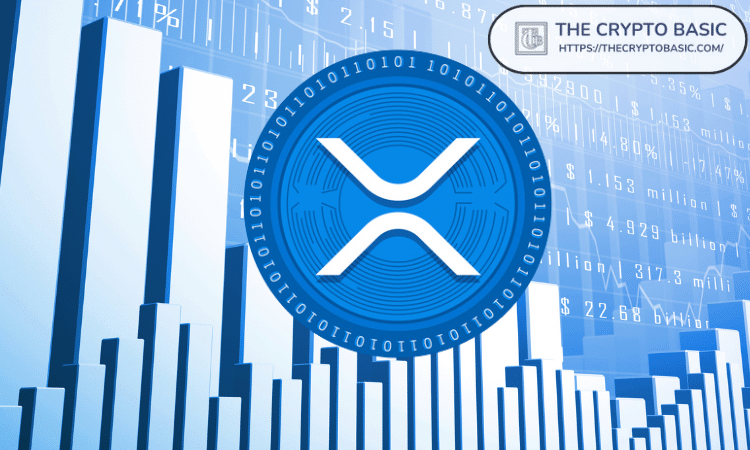In the world of cryptocurrency, whether you are a newcomer just stepping into the scene or a seasoned veteran, understanding the complete trading workflow of spot trading is essential for every trader. Spot trading, being the fundamental trading method in the crypto market, primarily involves buying and selling actual digital assets. Simply put, it's the act of purchasing Bitcoin, Ethereum, and other cryptocurrencies with cash and holding them in your wallet. However, to navigate spot trading effectively, it is crucial to comprehend each step in the trading workflow. In this article, we’ll dive deep into the entire process of spot trading, helping you clarify your thoughts and enhance your trading skills.
1. Choosing a Exchange
The first step in spot trading is selecting a suitable exchange. Nowadays, there are numerous cryptocurrency exchanges, each with its unique features. Leading exchanges such as Binance, Huobi, Coinbase, and Kraken are favored by users due to their high liquidity and relatively reasonable trading fees. When selecting an exchange, consider the following factors:
Security: Ensure that the exchange has a good security record, supports cold wallet storage, and has robust privacy protection mechanisms.
Fees: Understand the trading fees, withdrawal fees, and other costs associated with the exchange to calculate your net profit.
Supported coins: Make sure that the exchange supports the cryptocurrencies you wish to trade.
Once you have chosen an exchange, you need to create an account and undergo KYC (Know Your Customer) verification to trade legally and compliantly.

2. Funding Your Account
After successfully registering, the next step is to deposit funds. Most exchanges support various funding methods, including bank transfers, credit cards, and other payment options. Here are a few things to consider when funding your account:
Deposit fees: Different funding channels may incur different fees; choosing the right method can help you save costs.
Deposit timeframes: Different funding methods have different processing times — bank transfers typically take 1-3 business days, while credit card deposits are usually instant.
Type of currency: Confirm that the assets you are depositing (fiat or cryptocurrency) align with your trading needs on the exchange.
3. Placing Orders
Once the funds have been credited to your account, you can proceed with buying or selling. Placing an order is the most critical step in spot trading. Exchanges generally offer two primary order types:
Market Orders
A market order executes a trade at the current market price. Market orders are executed as quickly as possible, suitable for situations where you need to buy or sell immediately. However, while the execution speed is excellent, you might encounter "slippage," where the execution price differs from the price you saw when placing the order.
Limit Orders
On the other hand, a limit order allows you to set a specific price for buying or selling. If the market price reaches the price you set, the system will automatically execute the trade. Although limit orders may take longer to execute, they can effectively control your costs and are ideal for users who wish to trade at specific price levels.

4. Holding and Stop-Loss Strategies
After completing the trade, your assets will be stored in the exchange's wallet, or you can opt to transfer them to a personal wallet for enhanced security. In this process, good holding and stop-loss strategies are crucial:
Holding Strategy
For many investors, holding (HODL) is a common strategy. This approach is typically suitable for investors confident in the long-term prospects of specific digital assets. They choose to hold their assets long-term rather than sell hastily. For frequently fluctuating markets, timely adjustments to the proportion of holdings and the time windows can help achieve better investment returns.
Stop-Loss Strategy
Stop-loss orders are an effective way to control losses. During times of significant market volatility, setting a stop-loss order can automatically sell your assets when the price falls to a predefined threshold. For instance, if you bought Bitcoin at $50,000, you might set a stop-loss at $48,000, ensuring an automatic sale if the price reaches that point, thus effectively limiting your losses.
5. Withdrawing Funds
After generating profit from spot trading, you may want to withdraw the gains back to your bank account or personal wallet. The withdrawal process is another important aspect of trading. Here are a few things to keep in mind during withdrawals:
Withdrawal fees: Most exchanges charge a withdrawal fee; understanding this aspect can help you identify the most economical platform.
Withdrawal processing times: Withdrawal speeds vary between exchanges, so it's advisable to choose one known for quick processing.
Withdrawal limits: Some exchanges impose daily limits on withdrawals, so knowing these rules can help avoid unnecessary complications.
6. Analysis and Review
Finally, successful traders regularly analyze and review their trades. Reviewing trades not only helps determine if your trading decisions were correct but also assists in identifying market patterns, thus optimizing trading strategies. You can document each trade's price, time, rationale, and outcome, analyzing which factors influenced the trade's success or failure. Over time, these experiences will aid you in making more informed decisions in future trades.
While spot trading may seem straightforward, achieving success in this competitive market requires continuous learning and experience accumulation. By thoroughly understanding the complete trading workflow, from choosing an exchange and funding your account to placing orders, holding strategies, withdrawing funds, and conducting reviews, every step is crucial. We hope this article has equipped you with the knowledge to excel in spot trading and laid a solid foundation for your cryptocurrency investment journey. Remember, knowledge is power, and consistent learning and practice will be key to becoming a successful trader.

















No comments yet